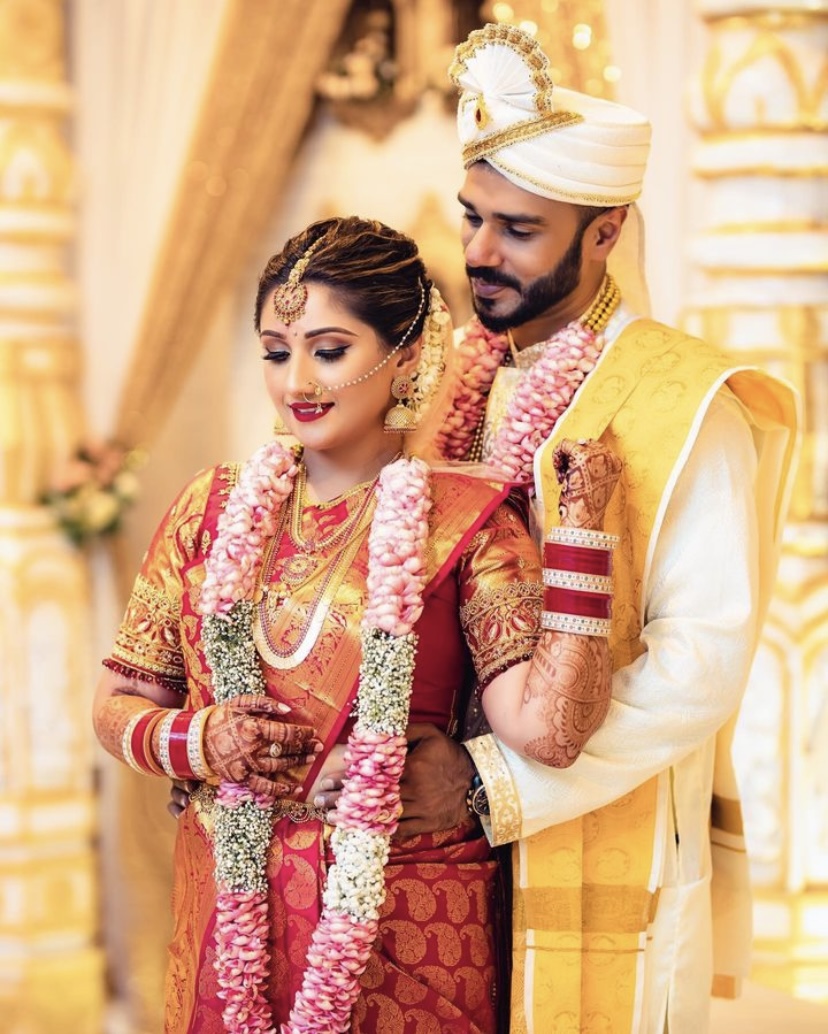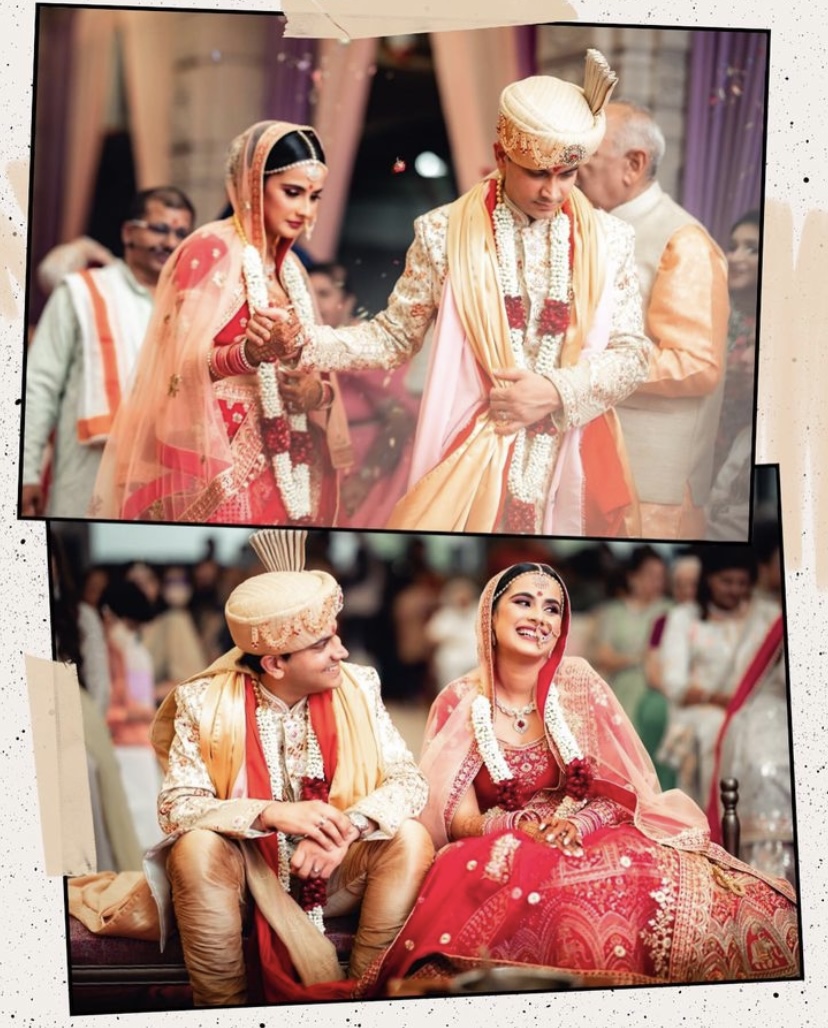
Arya Samaj Marriage + Government Marriage Certificate
It is rightly said that the beauty of an Arya Samaj wedding lies in its simplicity. Here is a deep-dive into the traditions & ceremonies of an Arya Samaj Marriage
Founded by Swami Dayanand Saraswati, Arya Samaj is known for observing simplistic rituals and traditions. The beauty of a simple Arya Samaj Marriage lies in the Vedic principles and hymns spelt during the ceremony. It is very similar to any other Hindu marriage that is set around a holy fire with a priest present to commemorate the ceremony. However, unlike other forms of Hindu Weddings the Arya Samaj ceremonies of the wedding have simple marriage procedures and a high spiritual quotient with a very minimal show. Even if you want to get an Arya Samaj marriage certificate, the process is simple and convenient too. The ceremonies are short and do not involve any extravagance.
Arya Samaj weddings have this ceremony similar to all other Hindu wedding ceremonies where the groom puts vermillion on the bride's forehead. This is the official ceremony that declares the couple man and wife. At the end of this ceremony, the wedding is considered valid for all intents and purposes.
People who belong to the Arya Samaj do not worship any idols and the mantras that are chanted at the wedding are explained to the bride and groom in detail and in understandable dialects. This is done so that the couple relates to the meaning and thus the significance of these mantras to apply in their married life to overcome any hurdles whatsoever and also to understand the significance of the marriage in the most holistic ways through the chants.
vivah Sanskar or marriage has the greatest significance among the sixteen ‘Sanskaras’ or sacraments of Vedic origin.
Arya Samaj wedding rites originate from the Vedas. They are devoid of idol worship. The rituals not only bind the bridegroom and the bride in marital bond of love and respect for each other but also lay down a code of conduct towards the family and society of which they are an integral part. Every phase of the ceremony is infused with symbolic meaning and spiritual significance.

The Ceremony
The auspicious ceremony begins with the bride and bridegroom exchanging garlands symbolising their acceptance of each other as their life partner. After welcoming the bridegroom the bride requests him to be seated. She offers him water to sprinkle on his feet and face to refresh him. She then offers water to him to drink.
Madhuparka Vidhi
In this ritual the bride offers ‘madhuparka’ to the groom. Madhuparka is a combination of honey, ghee, and curds. Before partaking of this madhuparka, the groom sprinkles it in all the directions, expressing his desire to offer hospitality to guests who may come to his home from all directions. It also expresses the determination of the bride to turn any sourness in their relationship into sweetness.
Kanya Pratigrahan
In common language it is called ‘kanyadaan’. It is an emotional moment when the bride is given away in marriage to groom by her parents. The groom avers that he is happily accepting her hand.
The Formal Pledge
The bride and groom addressing the people witnessing the marriage ceremony state that their hearts will be united just as water from two separate glasses when poured in a bowl becomes one. Similarly, their hearts will be united and never to be differentiated. THE HAVAN or HOMA is performed by chanting of mantras, oblations to fire and prayers to God to bless the couple.
Panigrahan Sanskar
The bridegroom hold the bride’s right hand for trust, co-operation and promises to keep her happy by giving her marital status of a wife in his life. The bride and groom go round the fire once and stand in their respective places. The groom chants a mantra defining their relationship in a poetic language.
Shilarohan
The bride places her right foot on a piece of rock. This ritual is for steadfastness in married life.
Laja Homa
The bride offers puffed rice or laja as oblation to fire with special prayers for the longevity and well being of the groom. It is followed by three ‘pheras’ or ‘pradikshana’ round the fire in which the bride holds the bride’s hand and does the parikrama. This symbolizes his taking the bride to his own house. Tying the sacred marital knot denotes binding their life together forever. Saptapadi or taking seven steps together by the bride and groom which are the seven vows taken by them to make their marriage sanctified and a success.